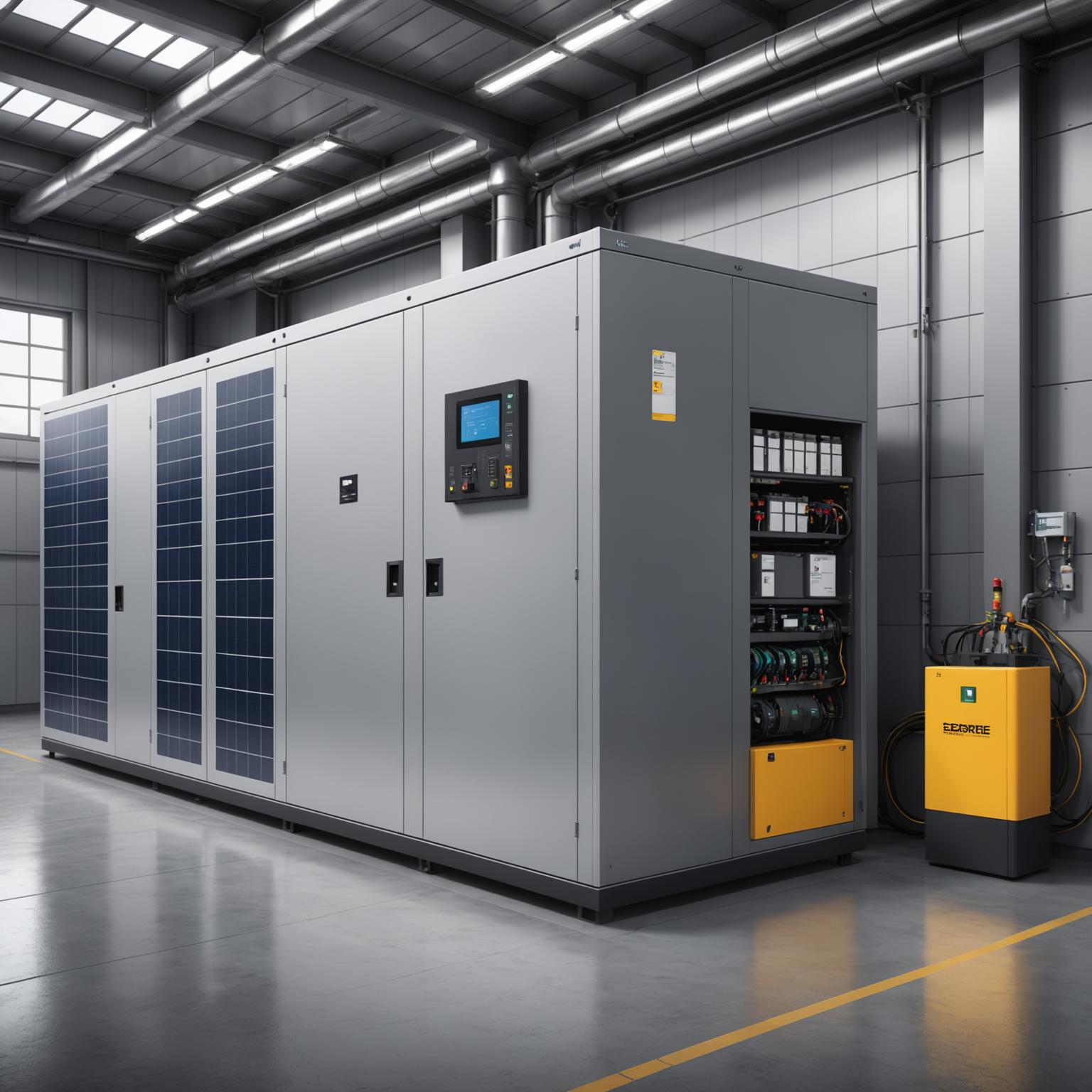
From Grid Backup to Renewable Integration: How Lithium Battery Storage is Powering the New Energy Economy
In the modern energy landscape, lithium battery storage has evolved from a backup measure to a critical driver of cost savings, resilience, and renewable integration.
Whether it’s shaving hundreds of thousands off annual demand charges, keeping mission-critical systems online, or capturing every kilowatt of solar energy, lithium-ion systems are now a strategic investment for industries worldwide.
Why Lithium-ion Technology Leads
Lithium-ion battery storage delivers a combination of performance and practicality unmatched by older chemistries:
-
High Round-Trip Efficiency (up to 95%) – More stored energy is available for actual use.
-
Long Cycle Life (6,000+ cycles) – Fewer replacements over the system’s lifespan.
-
High Energy Density – Significant capacity in a compact footprint.
-
Rapid Response – Millisecond-level switchover for critical loads.
For commercial buildings, factories, data centers, and utility-scale projects, these qualities mean lower operating costs, higher energy independence, and reduced risk from grid instability.
Where Lithium Battery Storage Makes the Biggest Impact
High-Demand Manufacturing Facilities
Steel mills, chemical plants, and automotive assembly lines often experience costly power peaks. Lithium-ion storage smooths these loads, avoiding high demand charges without slowing production.
Solar-Powered Commercial Developments
Shopping malls, office campuses, and large retail complexes can store excess solar energy during the day and use it after dark, stabilizing costs and reducing grid reliance.
Mission-Critical Data Centers
IT hubs, financial services infrastructure, and telecom facilities need zero downtime. Lithium storage ensures instantaneous switchover during outages, protecting operations and hardware.
Remote Industrial Sites & Microgrids
Mining operations, oil and gas fields, and island communities often rely on expensive diesel generation. Coupled with renewables, lithium storage creates clean, stable, and fuel-efficient microgrids.
Cold Chain Logistics & Food Processing
Cold storage warehouses, distribution hubs, and food manufacturing plants maintain temperature control even during outages, safeguarding valuable inventory.
Utility-Scale Renewable Projects
Wind and solar farms can shift power to peak-demand periods, improve frequency regulation, and enhance PPA performance by integrating lithium-ion storage.
Technical Advantages for Industrial Users
-
Scalable Modules: Add capacity without redesigning the system.
-
Advanced BMS & EMS: Intelligent monitoring, fault prevention, and predictive maintenance.
-
Safe Chemistry: LiFePO4 for superior thermal stability.
-
Harsh Environment Operation: Reliable from -20°C to 55°C with weatherproof enclosures.
Hicorenergy’s Edge in Lithium Battery Storage
At Hicorenergy, we combine field-proven engineering with a focus on customer ROI:
-
Global Deployment Experience – From solar farms in Australia to industrial hubs in the Middle East.
-
Bankable Quality – Tier-1 LiFePO4 cells, redundant safety systems, and global certifications (IEC 62619, UN38.3, CE).
-
High Availability – Achieving 98%+ uptime across all deployed systems.
-
End-to-End Support – From design and regulatory approval to commissioning and ongoing monitoring.
Powering a Smarter Energy Future
Lithium battery storage and lithium-ion systems are redefining how energy is stored, managed, and deployed. With unmatched efficiency, scalability, and reliability, they give businesses the tools to cut costs, integrate renewables, and stay resilient in an uncertain energy future.
Explore Hicorenergy’s lithium battery storage solutions or contact our team to design a system tailored to your operational and financial goals.







